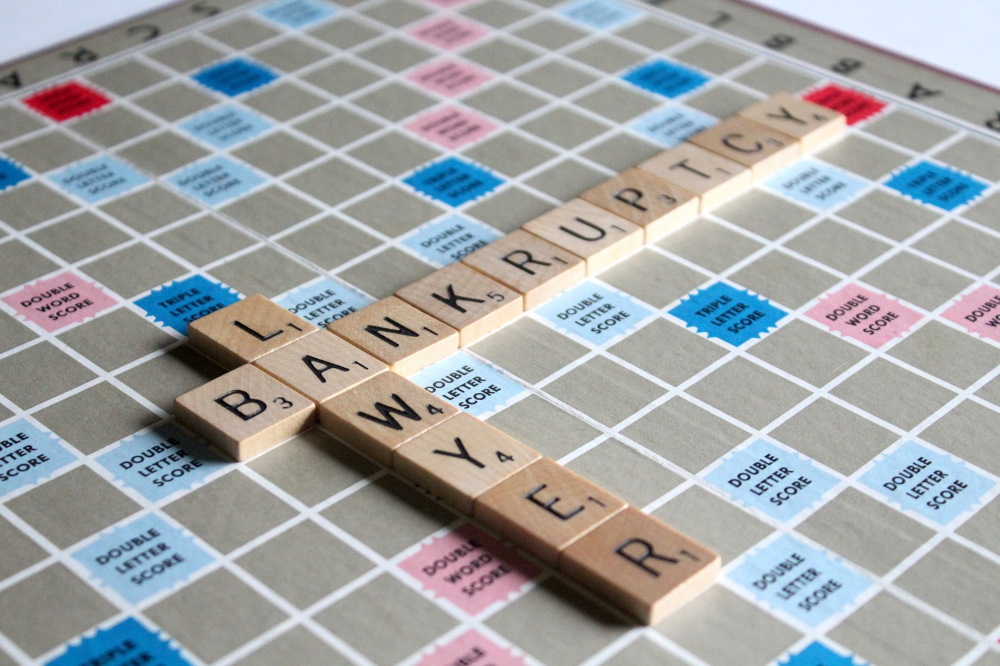Bankruptcy isn’t the end of the world
- Written by Lauren Smith

Here’s a few things you need to know about bankruptcy in Australia
If you’re looking for information on bankruptcy, you may be starting to struggle with debt. If that’s the case - don’t worry, many Aussies are in the same boat.
Although lending criteria has tightened over recent years, it’s still been possible for some Australian’s to find themselves in overwhelming debt.
For many, it’s the bigger life changes like a redundancy, family break down or illness that can quickly get you into hot water. Life’s unpredictable and sometimes, these things can and do happen.
For others, the debt has crept up over time, with multiple credit card balance transfers masking the problem until it’s too late.
So, what happens when debt starts stressing you out?
Everyone seems to tackle debt issues differently. For some taking on a second job or tightening up the old budget are great solutions. For others, refinancing, making arrangements or applying for financial hardship with creditors may be able to resolve the issue.
In some cases though, the debt is so significant that there aren’t any alternatives to formal personal insolvency options like Bankruptcy.
People in this situation ought to know that they’re not alone and that as the title of this article points out: it’s not the end of the world.
So, let’s dive in and take a look at a few common misconceptions about Bankruptcy.
How do you actually become bankrupt?
Although you can declare bankruptcy, it’s not as simple as yelling out “Bankruptcy” or just telling people that you’re bankrupt.
There’s a formal process to follow and you can become bankrupt in one of two ways:
-
You can bankrupt yourself: This is a voluntary process where you complete the relevant Bankruptcy paperwork. A Registered Trustee of your choosing may even assist you with this
-
Your creditors can force you into bankruptcy: A creditor whom you owe money to can make you bankrupt by lodging a petition through the Federal Court of Australia. If this happens, the creditor will ordinarily appoint the trustee who’ll handle your administration
Keep in mind that some organisations charge fees to help you become bankrupt. You can actually become bankrupt for free either by finding a Registered Trustee firm that’ll help you for free or by lodging your paperwork with the Official Trustee’s office.
How long will you actually be bankrupt?
A legitimate concern people have is that they’ll never get back on their feet and that they’ll be bankrupt forever.
The good news is that this simply isn’t true. In fact, the typical duration of a bankruptcy administration is 3 years and 1 day. You’ll then be automatically discharged, provided you’ve met your obligations and there’s no need for your trustee to lodge an objection to your discharge.
The listing on your credit rating lasts for 2 years after discharge. So, it ordinarily remains on a credit report for 5 years in total before being removed completely. A separate record of the administration will be kept on the National Personal Insolvency Index (NPII) which is a database held and maintained by the Australian Government.
Will Bankruptcy leave you destitute?
There’s a whole heap of rules under the Bankruptcy Act, but contrary to popular belief, it doesn’t stop you from earning an income. Nor is there any specific amount you’re “allowed” to earn. Nor does the amount of debt you owe determine your income contribution liability in bankruptcy.
Your income will be assessed using a formula set out in the Bankruptcy Act. Based on the legislation, some people do earn enough to make a financial contribution towards their administration.
How the formula applies to you will depend on a number of factors including; your total earnings, income tax payable, fringe benefits, salary packing, child support payable and the number of dependants you support.
As an example, if you’re earning $85,000 gross taxable and have no dependants, your payments in bankruptcy may be as little as $240 per month.
Will you lose everything you own?
Certain assets are protected in bankruptcy and examples of such assets include standard household contents and furniture, most superannuation policies and some compensation and life insurance payments.
Vehicle assets used mainly for transport and worth less than the protected threshold of $8,000, are also protected.
For a vehicle under finance, the current $8,000 threshold applies to the equity in the vehicle i.e. the value of the vehicle minus the loan secured against it. In a lot of cases, people are able to maintain their car loan repayments in order to hang onto the car.
For those who’re self-employed, you’re also able to hang onto tools that you might use to earn an income worth up to $3,800.
Considering bankruptcy?
Obviously, there’s more to know about Bankruptcy than what’s been covered in this article. If you’re considering this option, doing your own research or reaching out to a suitably qualified and experienced professional can help you learn more about how it’d work in your situation.
About Lauren Smith
With nearly a decade of personal insolvency experience up her sleeves, Lauren is a Consultant at Aravanis, one of Australia’s largest registered bankruptcy trustee firms
Aravanis is an award-winning firm offering free bankruptcy-related information that’s specific to your individual situation.
If you’re looking for a more comprehensive outline of bankruptcy see article, what is bankruptcy, or call 1300 369 108.





